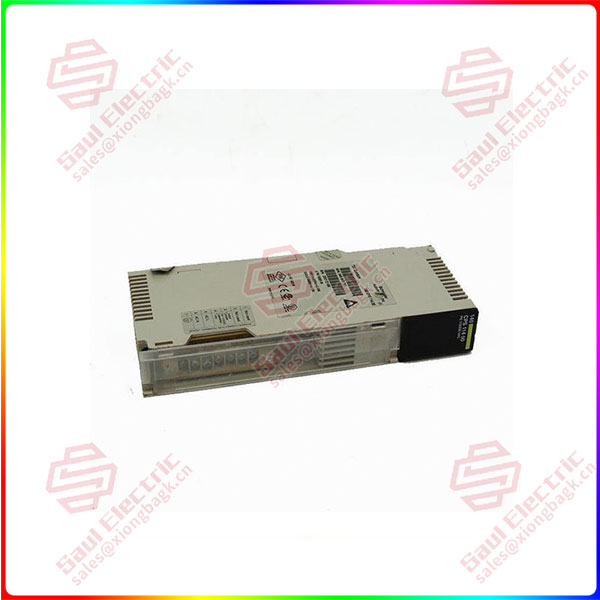3. Real-time
A great feature of industrial data acquisition is real-time, including real-time data acquisition and real-time data processing. For example, in sensor-based data acquisition, an important metric is the sampling rate, that is, how many points per second are collected. If the sampling rate is low, such as temperature and humidity collection, the sampling interval is at the minute level; For vibration signals with higher sampling rates, tens of thousands of points or even more are collected per second, which is convenient for subsequent signal analysis and processing to obtain higher-order harmonic components.
Some large scientific installations, such as beam monitoring systems for particle accelerators, have sampling rates of several megabits per second. The higher the sampling rate, the larger the amount of data per unit time. If such a large amount of data is directly transmitted to the data center or cloud through the network without processing, the network bandwidth requirements are very high, and under such a large bandwidth, it is difficult to ensure the reliability of network transmission, which may result in a very large transmission delay.
Some industrial iot applications, such as equipment fault diagnosis, multi-robot collaboration, condition monitoring, etc., have high requirements for real-time data processing because they require a fast closed loop between data acquisition (perception), analysis, and decision execution. If the data is uploaded to the cloud, the cloud analyzes it and then comes back around to guide the next action, the delay generated one time after another will often become unacceptable.
In the above business scenario, the data will be processed in real time at the site close to the data source, and the feature amount will be extracted. Then the local decision will be made based on the analysis results to guide the next action. Meanwhile, the analysis results will be uploaded to the cloud, and the data amount will be greatly reduced after local processing. Figure 3-2 shows real-time vibration signal status monitoring and data analysis.

140CPS11400
Figure 3-2 real-time vibration signal status monitoring and data analysis
03 Architecture of industrial data acquisition
Industrial data acquisition system includes equipment access, protocol conversion and edge computing. Equipment access is the starting point for industrial data acquisition to establish a connection between the physical world and the digital world. Device access Uses wired or wireless communication methods to realize ubiquitous connectivity of intelligent products/mobile equipment in industrial sites and outside factories, and report data to the cloud. Industrial data acquisition has evolved over the years, and there is complexity and diversity in device access.
After data access, the data will be analyzed, transformed, and uploaded to the iot platform through standard application layer protocols such as MQTT and HTTP. In some industrial Internet of Things application scenarios, after protocol conversion, real-time data analysis and pre-processing may be done locally, and then uploaded to the cloud to improve immediacy and reduce network bandwidth pressure.
Edge computing has developed rapidly in recent years, and we are increasingly aware of the advantages of nearby data processing, whether it is practical or for data security considerations, or the reliability of the network, edge computing plays an important role in the industrial Internet of Things system, and edge cloud collaboration has gradually become a consensus.
According to the different hardware carriers, the equipment access products are divided into the following three categories, the classification is not absolute, the difference between different categories is that their emphasis is different.
 1 Year Warranty
1 Year Warranty





